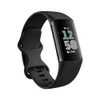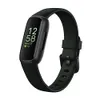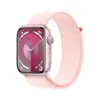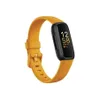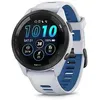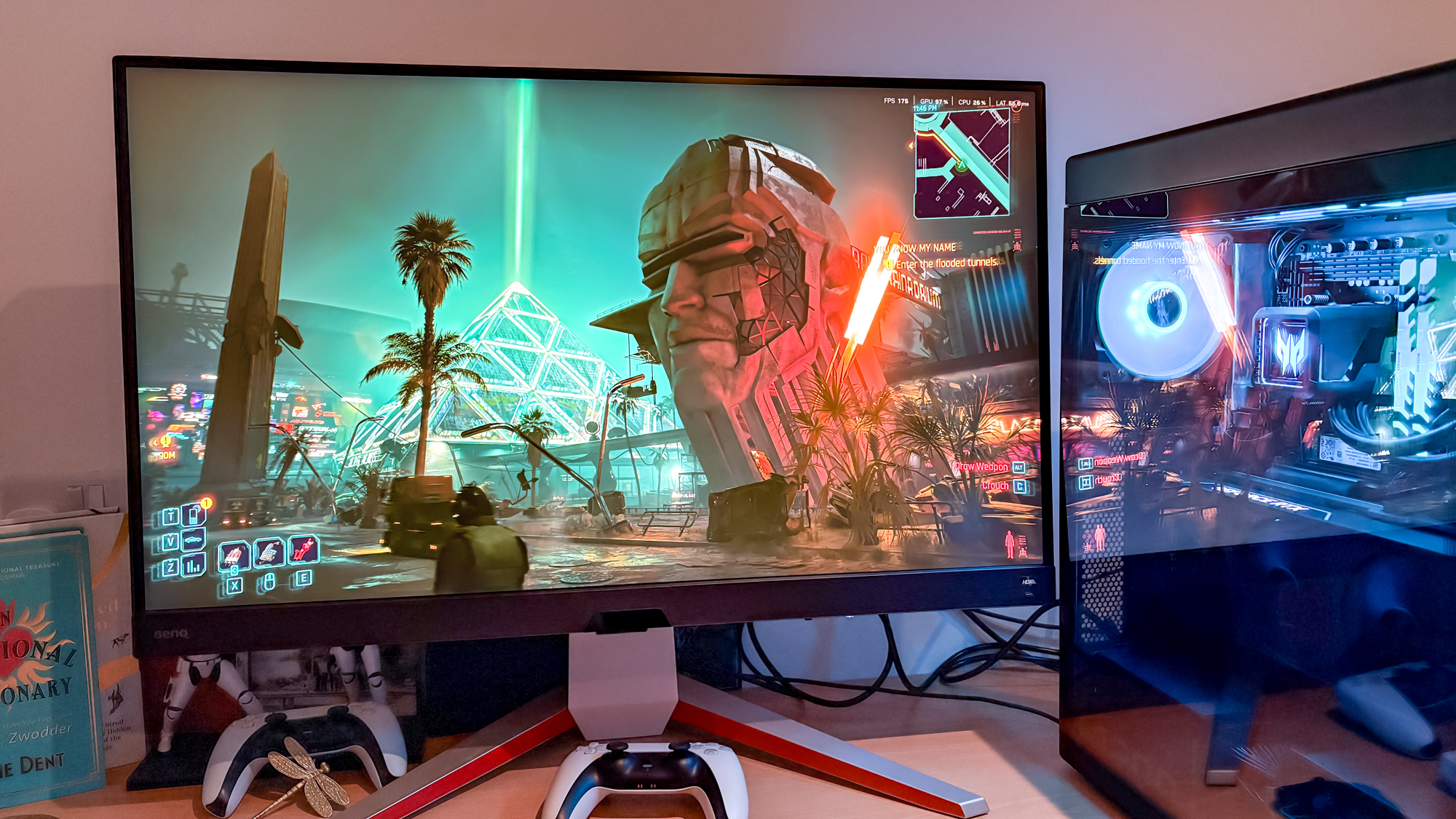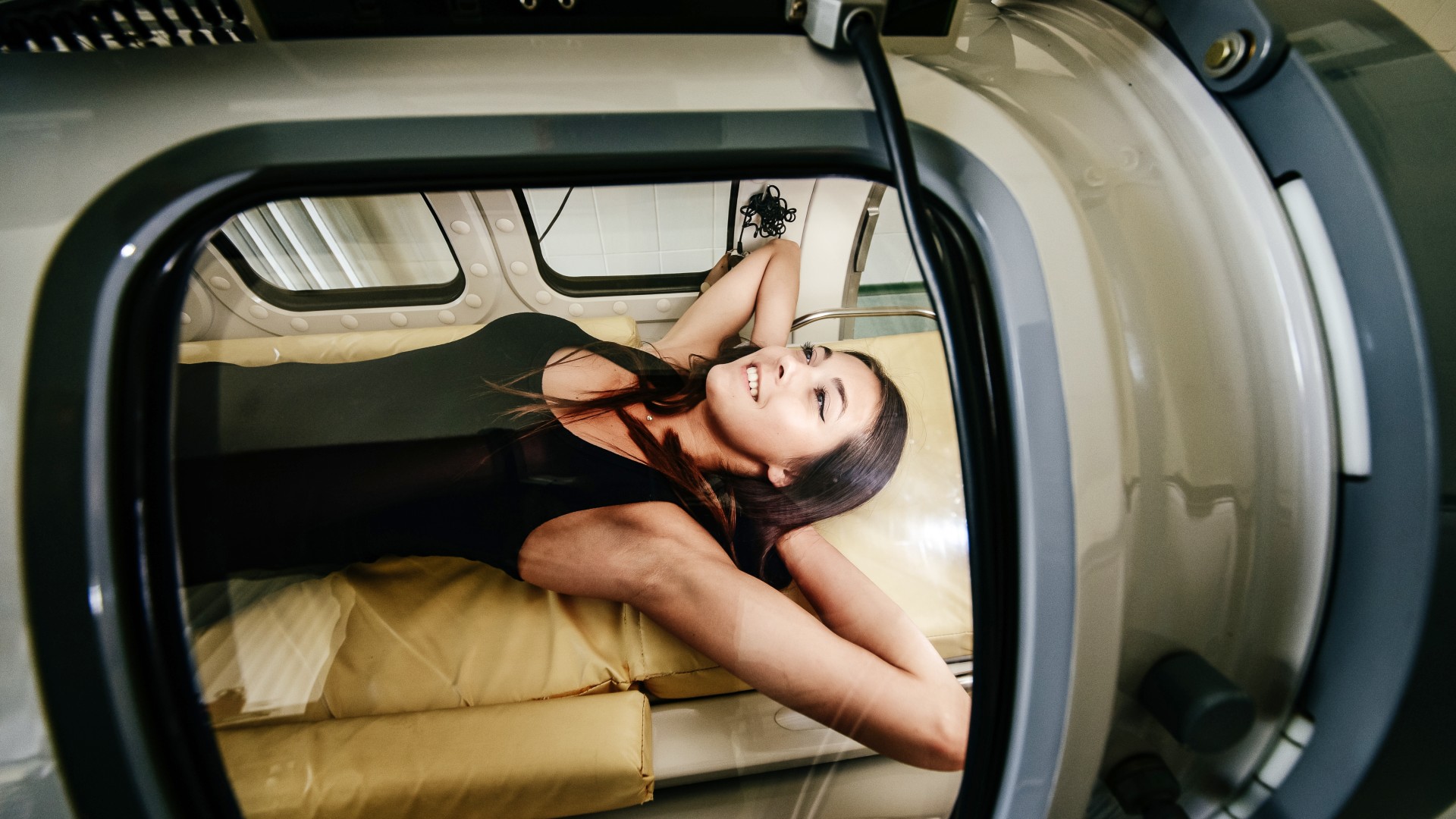
They might look like futuristic time machines, but hyperbaric oxygen chambers are right here, right now. If you haven’t seen or used one before, this oxygen-rich therapy increases oxygen uptake and boosts recovery.
Hyperbaric oxygen therapy (HBOT) encourages the natural healing process by increasing oxygen uptake in a controlled and pressurized environment. This could be the recovery tool for you if you’re prepared to lock yourself in a snug chamber for an hour or two — not one for the claustrophobics — and do absolutely nothing,
I headed to The Body Lab to try a 60-minute HBOT session for myself. Here’s what I learned and experienced from the session, including benefits, contraindications and what to expect.
What is Hyperbaric Oxygen Therapy (HBOT)?
The Body Lab says, “Hyperbaric oxygen therapy (HBOT) is a recovery therapy that enhances our natural healing processes by increasing the uptake of a controlled, oxygen-rich environment. This advanced therapy is conducted in our specialized Hydroxy Airpod…where atmospheric pressure is increased to levels higher than normal air pressure.”
This increase in pressure allows your lungs to take in more oxygen, transporting oxygen-rich blood around the body to promote healing and regeneration. It’s so relaxing that you’re encouraged to read, hang out on your phone, or even work inside the chamber while you soak up all that oxygen.
According to The Body Lab, these chambers can increase oxygen absorption by up to 35%, so I’ve been keen to try one for a while to see what, if anything, could happen to my body.
I tried 60 minutes of hyperbaric oxygen therapy for the first time — here’s what happened to my body
Before heading in, I was told to liken the experience to taking off in a plane — imagine that steady change in pressure — and to encourage my ears to pop to keep things comfortable. Here’s what happened next.
Get instant access to breaking news, the hottest reviews, great deals and helpful tips.
It made my ears pop
The change in pressure feels gradual but only lasts for the first minute or two, and it’s easy to make your ears pop. It was strange though, and I felt the pressure building as I waited it out.
You can choose between three pressure settings — 1.1, 1.2 and 1.3 — and slow, normal, or fast speeds for increasing or reducing pressure. I opted for 1.2 and normal speed, with my timer set at 60 minutes and counting down while I lay curled under a blanket with a pillow.
It’s true. I can liken the first few minutes to the altitude climb on a plane. After that, everything felt normal, and I could read, scroll aimlessly on my phone, or even sleep while my timer counted down and the pressure leveled out at 1.2.
I didn't feel any different
The chamber felt cool, and I could breathe easily as oxygen flowed. I also had a blanket and pillow to hand to keep me warm and comfortable throughout.
It was relaxing to hang out in my chamber without anything to do or anyone to answer to, but admittedly, I didn’t feel different at the time or afterward. There was no huge uplift in energy, I didn’t sleep better that night, feel noticeably relaxed, or feel any immediate effects on my body.
Keen to understand what I should or shouldn’t expect to gain from a session, I decided to dig into the benefits of hyperbaric oxygen therapy chambers.
What are the benefits of Hyperbaric Oxygen Therapy?
According to advocates of HBOT, the benefits are physiological and psychological, including reduced symptoms of jet lag (fatigue and grogginess) that come with less oxygen intake in airplane cabins, improved recovery from sports injuries, wound healing, better cognitive function, a boost in energy and focus, reduced inflammation and increased circulation.
However, I was surprised that the therapy isn't just used for exercise recovery among athletes and pro sports teams. HBOT has been used for many years in medical settings for the treatment of COVID-19, severe wounds and injuries, decompression sickness and infection by significantly increasing how much oxygen is available to your body, cells and tissues.
Any damage to blood vessels can cause swelling and reduce oxygen delivery to cells in the body. HBOT reportedly delivers oxygen-rich plasma to tissues.
The Body Lab says, “Sports injuries can drastically hinder our circulation, negatively impacting and delaying our healing ability. Ligament and tendon damage can cause further complications due to their lengthy healing time. Hyperbaric oxygen therapy is a great option, as it does not rely on the body's natural ability to circulate oxygen to cells.”
Whether or not you experience improved cognitive function is subjective, but acccording to The Body Lab, “The increased pressure and oxygen absorption can help us maintain focus, remove mental blocks and elicit the feeling of clear-mindedness.”
I didn’t experience marked improvements in mood, energy, or concentration immediately after a session, but I can’t speak for the longer-term effects of HBOT just yet.
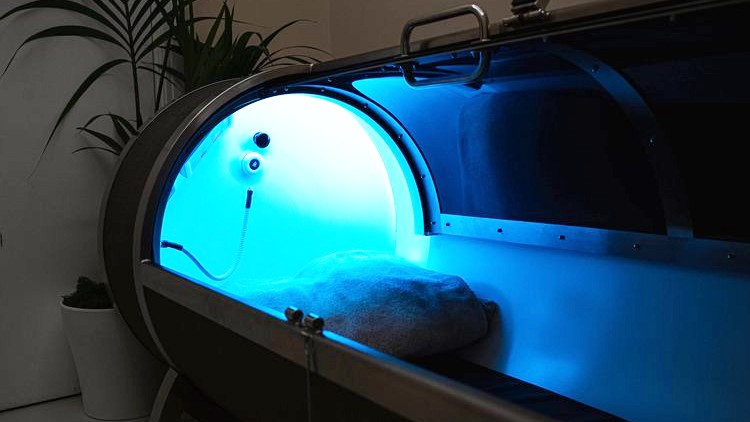
One Medicina study agrees that HBOT could be an “effective method to increase blood and tissue oxygen levels,” which can lead to augmented oxygen levels in the blood (known as Hyperoxemia) and tissue (Hyperoxia).
Interestingly, a randomized trial published in Nature found HBOT “could induce neuroplasticity and improve cognitive, psychiatric, fatigue, sleep and pain symptoms of patients” who suffer post-COVID-19 infection. The study followed subjects experiencing “ongoing symptoms” for three months after infection, finding marked improvements in symptoms following HBOT sessions.
HBOT could also stimulate collagen growth and combat signs of aging. One study published by Redox Biology suggests HBOT could have “significant and beneficial implications for aging and age-related conditions,” partly due to stimulation in collagen. It can even be helpful for patients healing with skin grafts.
Are there any side effects of Hyperbaric Oxygen Therapy?
Side effects could include ear injuries, temporary nearsightedness, oxygen toxicity and decompression sickness. These are uncommon, but you should consult a relevant healthcare professional first.
Are there any contraindications for Hyperbaric Oxygen Therapy?
The Body Lab cites untreated pneumothorax, ear or sinus problems and lung diseases as possible contraindications to hyperbaric oxygen therapy. If you think this could be you, always consult your physician first.
Wherever you go for a session, there should be a pre-screening form to fill out before the treatment, including a list of potential side effects.
Final verdict
Whether you’re prioritizing post-workout recovery (especially at a high level), taking part in high-impact sports, or want to improve recovery from wounds or injuries, a hyperbaric oxygen chamber has the potential to help.
“Increased oxygen intake can positively affect aerobic endurance and improve maximum oxygen capacity,” The Body Lab says, aiding training performance, especially if you often travel to compete. HBOT has even been used to treat conditions such as decompression sickness or radiation injuries.
An hour per session should be enough to boost oxygen absorption at a cellular level, and it’s recommended that you repeat HBOT over several sessions for best results.
As with many therapies like HBOT or cryotherapy, the benefits come with a catch — they’re not cheap. If you can afford a session in your local area, I’d recommend giving it a try, and there’s research to support some of the benefits of hyperbaric oxygen chambers. Otherwise? It's a lot of cash to part with.
More from Tom's Guide
- Best foam rollers for recovery
- Forget sit-ups — build a stronger core and boost your balance with this 25-minute standing abs workout
- Forget barbells — sculpt your core and lower body with this 5-move kettlebell workout

Sam Hopes is a level 3 qualified trainer, a level 2 Reiki practitioner and fitness editor at Tom's Guide. She is also currently undertaking her Yoga For Athletes training course.
Sam has written for various fitness brands and websites over the years and has experience across brands at Future, such as Live Science, Fit&Well, Coach, and T3.
Having coached at fitness studios like F45 and Virgin Active and personal trained, Sam now primarily teaches outdoor bootcamps, bodyweight, calisthenics and kettlebells.
She also coaches mobility and flexibility classes several times a week and believes that true strength comes from a holistic approach to training your body.
Sam has completed two mixed doubles Hyrox competitions in London and the Netherlands and finished her first doubles attempt in 1:11.
